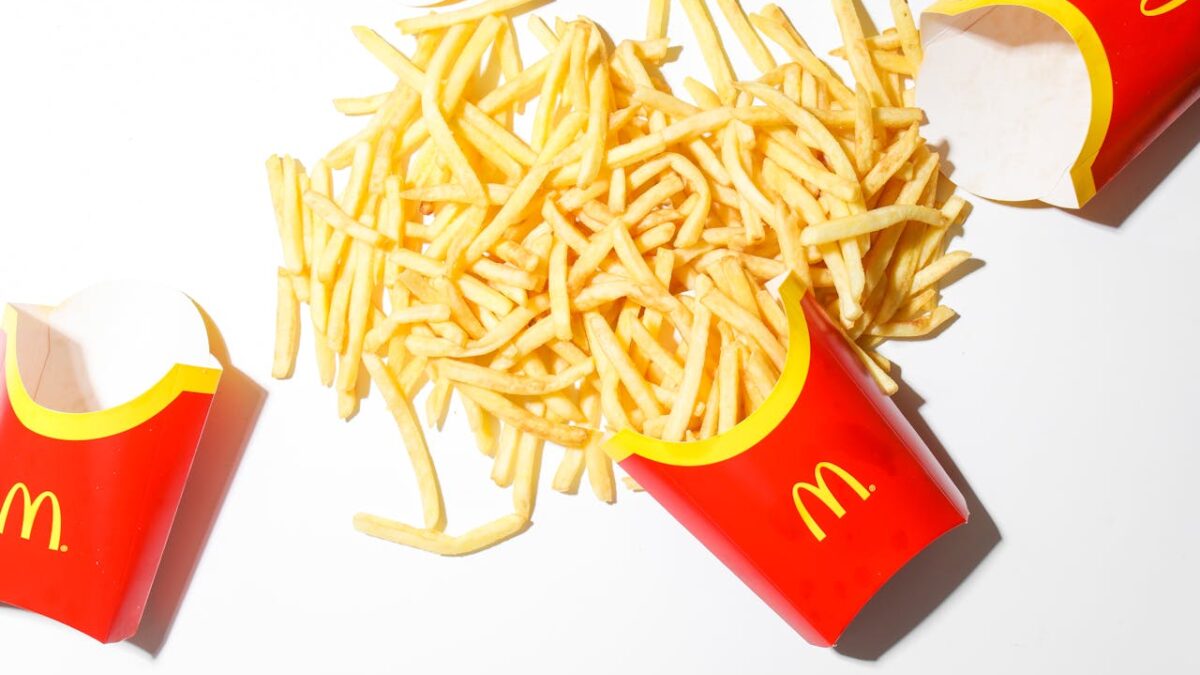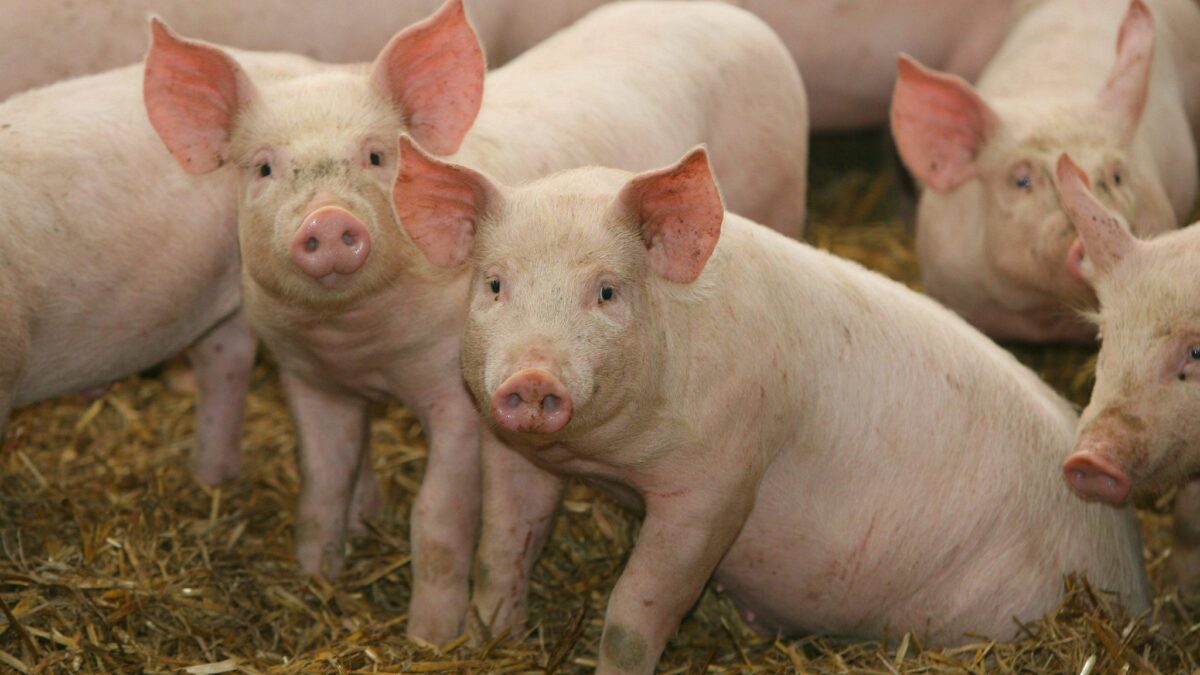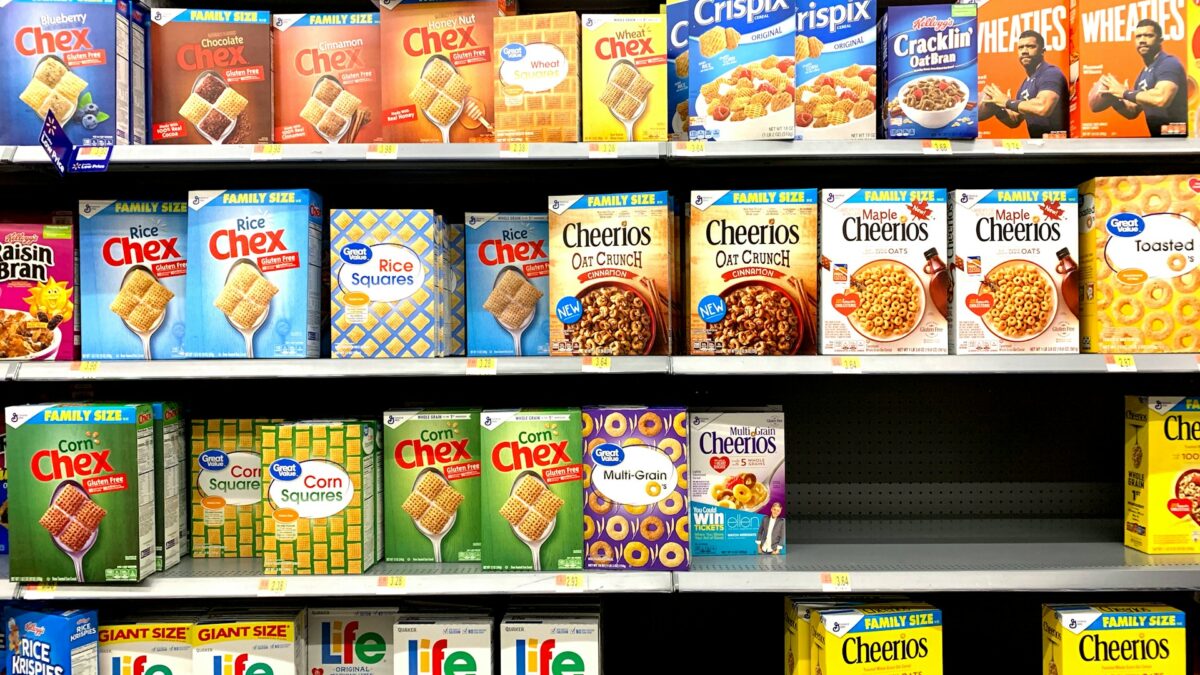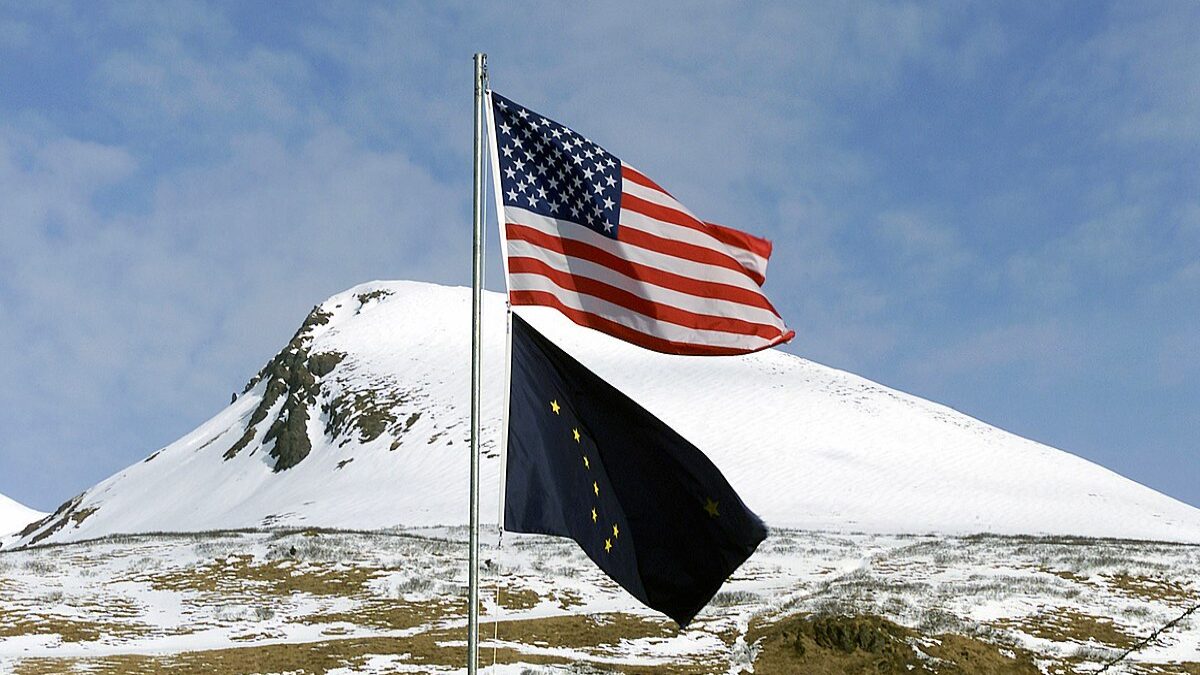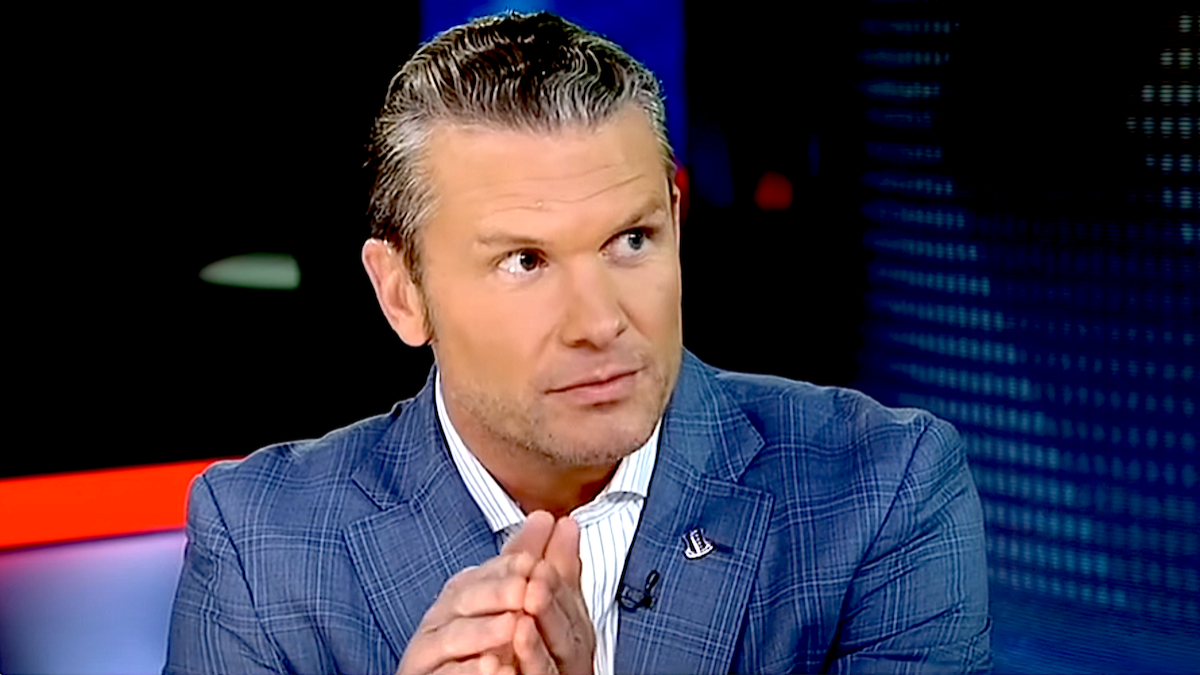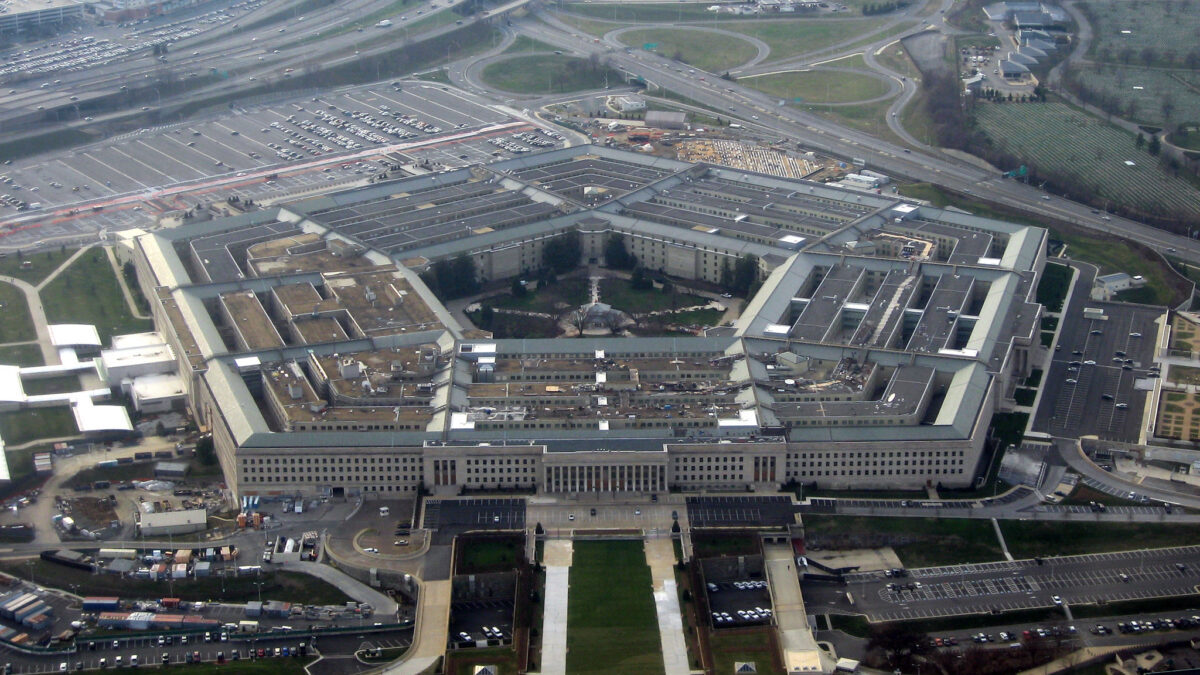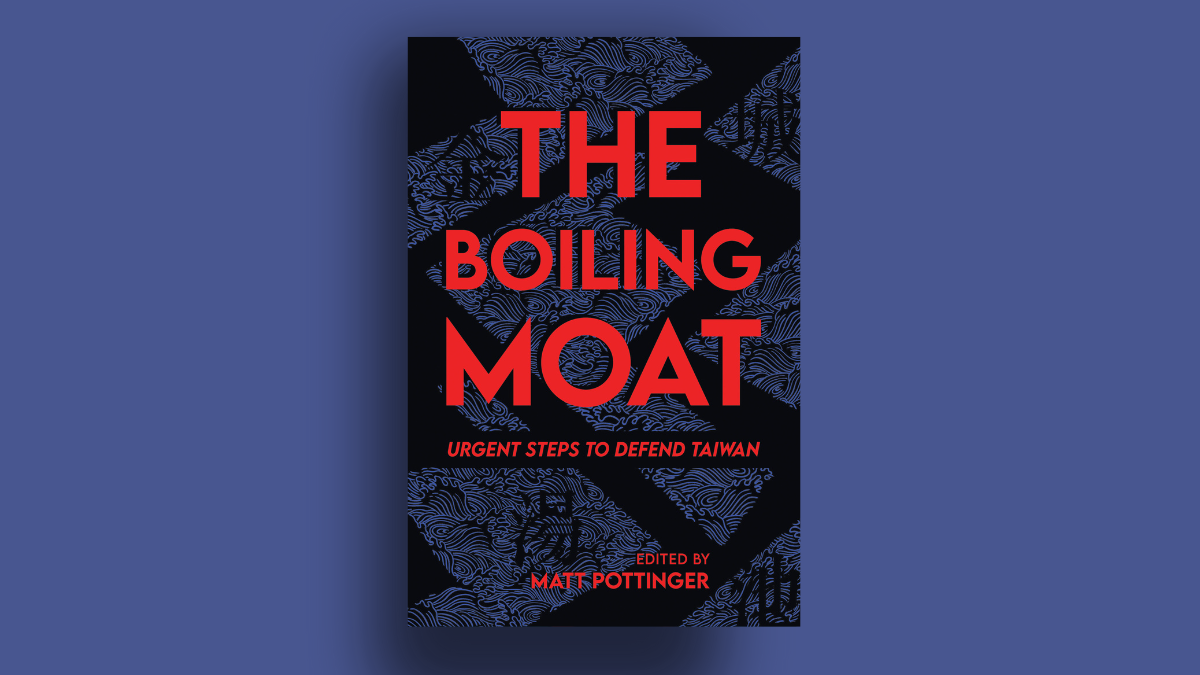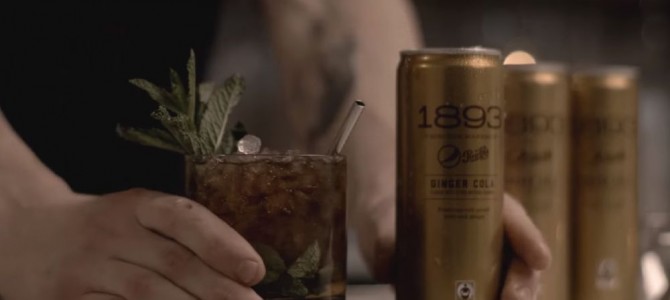
Most people’s lives can be divided by a series of stark alterations, a range of interests and passions that cross demarcations as we mature. Maybe your movie taste veers from caring about celebrities’ private lives onto focusing on the resume of a director. Youthful flirtations with socialist tendencies give way to the preservative qualities of conservatism. The affinity for cheap and quick fuel develops into an appreciation of more complex dining flavor profiles.
As for our interest in potables, we also grow from deciding the correct mass-market soft drink to be seen drinking towards the more rewarding aspects of wine vintages or single-barrel creations. Another thing that arrives with wisdom: we do not feel the same sway of marketing. With wisdom comes the confidence to ignore ads promising a particular brand of beer will deliver a phalanx of bikini maidens, or that our soda selection will make us a contemporary of Beyoncé.
For this reason, you may have missed the groundbreaking, positively market-shifting release of the brand new cola label, Pepsi 1893. The newest offering on the soda frontier is touted as a “boldly blended cola,”. Well, who would drink a cola that was “meekly blended? One Pepsi marketing manager describes it as “a unique consumer proposition.” There is a generated buzz of excitement over this enterprise, but like so much of promotional promises, the truth behind the outreach lies in what is not said.
A Revoutionary Product . . . from a Century Ago
If you have not guessed, the “1893” moniker refers to the original Pepsi product recipe Caleb Bradham concocted that year in his drug store. So the company is dubbing as a “unique experience” the original Pepsi recipe. It’s telling how reverting to the product’s original ingredients is considered unique. This fluid is made with kola nut syrup, cane sugar, and sparkling water, and it all sounds very exciting—just don’t think what it means for the flagship brand.
The desire to herald all this new product’s qualities actually explains much about the stalwart Pepsi cola. This new entry is proudly declared to be made with “Premium Ingredients.” That energetic boast becomes a tacit admission the primary brand is not. The fact that kola nuts and genuine sugar are novel additions highlights that typical Pepsi is made with retrograde artificial flavors and corn syrup. This revelation may be an acceptable risk, however, given the motivation behind the creation of the new brand.
“We were inspired by the mixology craze,” one vice president of marketing told AdAge. One thing I love about the marketing business: there is never a perceived increase in interest. There is only a “craze.” Under this guise surfaces another promotional attempt, called Fizz. It is reportedly an “immersive” soda experience, with deft creations by contemporary hipster soda-jerks dubbed “fizz-ologists.”
This is Pepsico trying to be ahead of a curve, and in a decidedly corporate fashion that misses the mark. Here’s one nightmarish concoction reportedly contrived by a fizz-ologist: Sierra Mist, a grape-strawberry flavor shot, watermelon foam, green apple cotton candy, and Pop Rocks.
Then There Are the ‘Mixed Drinks’
Futuristic soda-pop raves aside, the company reveals the primary thrust behind this new cola burst of creativity when referring to the 1893 release as a “craft soda.” Rather than mixology, this acknowledges the growth (a craze, if you will) in craft beers and spirits such as bourbons. Their new commercial even features what is a dubbed a Soda Sommelier: a younger tippler adorned with a smoking jacket in a spacious cask room.
The growth in premium beers and bourbons delivers a stark marketplace reality for soft drink companies. In a name, it’s “millennial flight.” That once-reliable segment of the economy has been aging, and crossing those very demarcation lines. The soft drink industry is currently losing sales as that youthful dollar migrates to adult beverages. They are chasing a fleeing customer.
Scariest of all for the soda makers is a dwindling prospect of incoming consumers. Those same millennials leaving the soda fountain are not replenishing it with new sippers, as that generation currently sits on surprisingly low birthrates. Thus when facing a long-term shrinking market I guess it’s time to attempt hail-Mary-like neon-colored soda laboratories.


